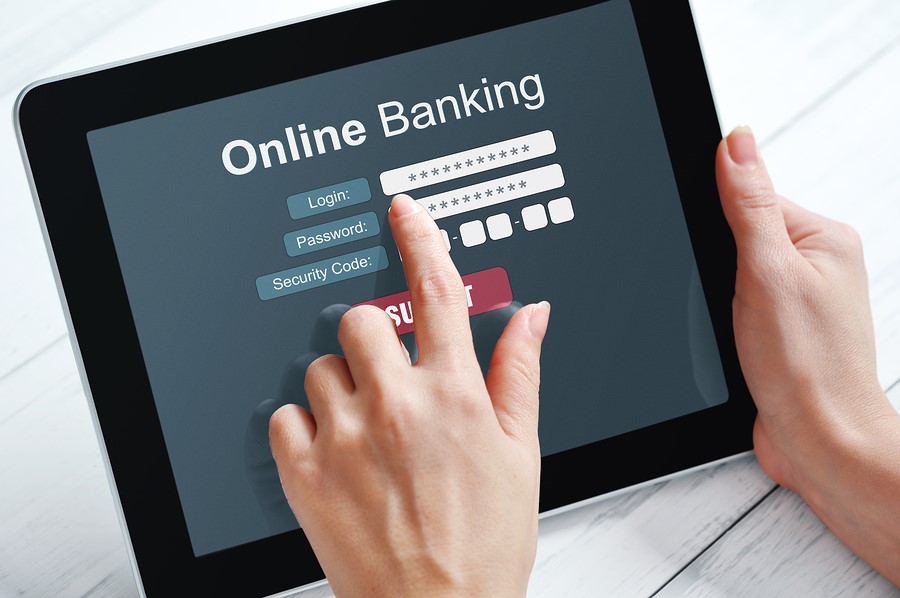When introducing a mobile banking account, financial institutions will make a number of choices. Many community banks do not have the money of their own countries to build a smartphone application, so a mobile network is probably developed by a software supplier.
Community banks must deliver comprehensive and intuitive mobile banking applications to compete with large domestic banks, attracting new clients, particularly tech. Banks are now able to sell additional offerings to new clients, attract loyal customers and reduce operating costs.
Online banking has become one of the features for top business bank accounts. To profit from this, a bank needs to have several core features in its mobile app.
Protection
Security and fraud controls are the number 1 functionality all smartphone applications should have. In North America alone, electronic payments were valued at $288.4 billion by 2014, which is something hackers and entrepreneurial criminals are worried about. Banks can use a mobile platform, which guarantees the security of all basic Internet banking functions for login, including multi-factor authentication and 128-bit SSL encryption, during use of the app. When the program is locked, the banking session should also end automatically.
User Interface
Consumers are used to communicating with a wide range of smartphone apps, from games to online newspapers. It is critical that financial institutions choose a platform that is intuitive and easy to use to choose a mobile banking program. Large buttons and full screen menus that require less scrolling are fantastic at the graphical user interface. It is advised to avoid programs that rely entirely on SMS text message commands. Consumers use the button not to text basic commands to verify the balance of their entire service applications. People want to text their mates and not their bank
Bill Payments
Cash and balance inquiries are basic functions that can and should be important to all consumers with mobile banking applications. It’s essential for many consumers to use mobile banking apps, so they are able to check balance and pay bills on the road. The app can include account balances in real time and provide smoothing into an Internet banking system for the FI. Applications that do not sync with Internet banking sites routinely frustrate the use of customers.
Fund Transfer
Transfers from funds are also another fundamental aspect that users want to use a mobile banking app. The opportunity to easily and safely move money through accounts is a feature that community banks need to make sure their customers are offered. Many community banking clients do not use a local bank as their main financial entity and find it attractive to be able to move funds to other banks’ accounts. Community banks will fight and ultimately become their primary financial entity.
Mobile Deposit
Customers will use a mobile deposit to position checks on a Smartphone by taking a photograph of the check and sending it to the Bank for application approval. Mobile deposit is common as it saves consumers a lot of time and is convenient. Mobile deposit also enables consumers to access their money more quickly. If a bank opts to have a mobile deposit, it is essential to make sure the app provider contains resources that support risk control, such as identification of replication and tracking of fraud.
Conclusion
The stage is poised to switch from our smartphones into a new decade in banking. Mobile banking can very well drive currency bills out in the coming years with these features in play.
